10 Reasons You’re Still Getting No Conversions on AdWords
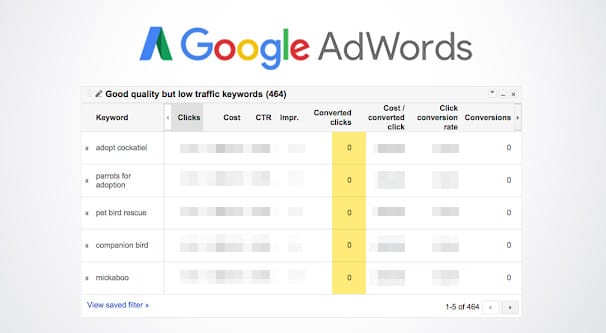
A while back, we covered a bunch of mistakes or issues with your site that might be causing problems with conversion rates. They’re not all perfectly aimed at AdWords conversions, but hey; regardless of your system, a conversion is a conversion. If you’re not getting conversions, regardless of ad network, you’re doing something wrong. Let’s look at ten more possible issues, some of them AdWords-specific, others more general but not covered in the previous post.
1. Missing Nuanced Keyword Groups
With AdWords, one of the most misused features are the keyword ad groups. You can create ad groups made up of lists of keywords, and run ads targeted at that group of keywords.
Far too many marketers just lump all of their target keywords in one group and run ads pointed at that group. The problem with this is that it puts the same ad in front of someone searching for tennis shoes as the one in front of someone looking for ballroom shoes and someone else looking for cleats.
The basics of PPC advertising indicate you should be as precise as possible with your targeting. Marketers always tell you to be specific with ads to reach a narrow audience for better conversions. Sure, it’s more work to manage 10 ads with different keyword groups than it is to manage one ad targeting everything, but the increase in conversions is well worth the effort.
Split up your keywords into closely-related groups, and create ads specifically targeting those groups. That way you’re not trying to sell dress shoes to someone searching for athletic shoes. Your site design can lead the user to investigate other kinds of shoes if they’re interested; the ads just need to be narrow enough to get them on the site in the first place.
2. Forgetting Keyword Matching
AdWords allows you to use different forms of keyword matching. Each form is useful for a different type of keyword to make sure you’re targeting the right kind of search queries.
Broad matching means your ad will display for any query using one word in your keyword phrase. If your phrase is “gaming computer”, your ad will show up for “gaming” or “budget computer” or “PC gaming” or “casino gaming”. It’s the widest possible audience, but very untargeted, so it’s best to avoid this outside of awareness campaigns. You can use a + sign to make sure specific keywords are included, for modified broad matching, which is generally more useful for long tail phrases.
Phrase matching requires that the keywords in your phrase be used in the exact order and that all of them are used. “Gaming computer” would target “budget gaming computer” and “high end gaming computer” but not “insane gaming rigs” because it doesn’t use the keyword “computer.”
Exact matching requires that the full keyword and nothing but that keyword is used. “Gaming computer” would only show up for “gaming computer” and nothing else. This is extremely narrow and only useful for very specific searches, so make sure you know what you’re doing before using it.
Finally, negative matching allows you to specify one keyword to NOT use. So if you use “gaming computer” with “-budget” as a negative keyword, you’ll show up for “high end gaming computer” but not “budget gaming computer”. Eliminate certain out-of-bounds results with negative keywords to more highly focus your ads.
3. Ignoring the Numbers
One of the hardest lessons to learn in marketing is that you’re not always right. You, personally, do not necessarily represent the full breadth of your audience. You might actually just represent a small segment of your potential audience. An ad you really like, one that would definitely earn your click, might be your lowest performing ad. An ad you really hate might have the highest conversion rates.
Too many marketers fall into the trap of ignoring numbers in favor of their gut feelings. When the data tells you how to be successful and you ignore it, you shouldn’t be surprised when your conversion rate sucks.
4. Always Aiming for Number One
In organic search, as we all know, it’s the dream to rank #1 for every keyword you want to target. It’s not always possible, but it’s a goal, simply because the #1 slot gets so much more traffic. For paid ads, though, it can often be beneficial to fall in at slot number 3-4. Think about it; if someone scrolls down the organic search results looking for something they don’t find, they’ll glance at the sidebar. Position 1 might be cut off, and their eyes are drawn to a lower ad.
Test different ad positions by changing your ad bids. If you find that a lower position works better, great! Not only do you get better conversions, you get them with a lower cost per click.
5. Design Blocks Progression
When a user clicks your ad, they should end up on a page that is laser-focused on giving them exactly what you want. Part of this goes back to using the right keyword groupings and match types. You want people searching for dress shoes to end up on a page with dress shoes for sale, not a generic shoe storefront.
Part of this, though, comes down to web design. I’ve seen a lot of landing pages and a lot of ads pointing at them, and let me tell you; there are a lot of ways the whole thing can go wrong. Far too many people put a slick site design ahead of optimizing for conversions.
The problem here is that we as web designers tend to want to make something that looks and feels good, and we want to emulate the huge, successful brands while we do it. The issue is that imitating Adidas or Nike isn’t going to work for a smaller brand. If Nike loses out on some conversions in favor of slick branding, they don’t care; they make billions anyways. For the smaller shops, though, that slick branding gets in the way of people who want to learn more. We don’t have the brand recognition or cachet to earn those conversions despite ourselves. We just lose them.
6. Not Delivering a Value Proposition
Imagine, if you will, two slightly overlapping circles in a Venn Diagram. In one circle, you have “everything the customer needs to support their goals.” In the other circle, you have “what my business offers.” The overlapping area between those two circles is your value proposition. It’s what you offer that the customer needs.
You need to take the time to learn your customers, to segment them down into smaller sub-audiences that have different archetypes. These customer profiles will give you the lists of typical pain points, needs the customer wants to fulfill.
You also need to take the time to learn your own business, and what you can provide to your customers. What do you deliver, and why is your business the one that should be delivering it as opposed to your competition? What do YOU do best?
Then you need to compare these two. For each customer profile, figure out what specifically you can offer them better than anyone else. Then use that as your core marketing focus. Tell the user what problems they have that you can solve, and how you can solve them.
7. Too Many Options
In life, we tend to believe that we have many options available to us at any time. We’re choice millionaires, to put it one way. Any one of us could quit our jobs and start backpacking around the world, if we set our minds to it. Realistically, of course, those choices have repercussions. Sure, we COULD do that, but our health or our relationships might suffer, our businesses might collapse, or we could catch a disease and die in the wilderness.
Giving your users too many choices is one of the cardinal sins of advertising. When a user clicks your ad, they should realistically only have two choices: convert through the funnel the way you want, or leave your page. This is why good landing pages never have external links, and rarely have any other internal links. All they have is a form that, when submitted, redirects the user to the homepage or to a confirmation page with further steps they can take.
8. You’re Not Trustworthy
Trust is hugely important in the online world of today. With hundreds of thousands of web shops clamoring for attention, many of which are defunct or even potential scams, how do you convince a user to trust you with their financial information and money? Amazon has name recognition. You don’t.
You can do a lot using various trust signals. You can use social proof through social media and audience numbers to help people trust that you’re not scamming them.
You can use testimonials from customers to help potential future customers feel more secure in their decision. You can use SSL to make sure their personal information is safe on a technical level, and you can accompany that with a good trust seal to include third party verification of your security.
You need to stand out as worth the trust, so that you can earn the conversions rather than a user simply going to Amazon or to your more upstanding-looking competitors.
9. Not Enough Testing
One of the ten pieces of advice in the post I linked up in the intro is to do more split testing. It’s one of the ten pieces of advice here as well, simply because it’s that important. Split testing is the number one way you can improve your site over time.
Always test at least two variations of just about everything. Set up multiple versions of your ads with different copy. Set up multiple versions of your ads with different keyword groups, and with different audience targeting. Set up different landing page variations, with different sets of copy, images, and trust signals. Run traffic to each of them in roughly equal amounts, and see which one performs better.
Just make sure to keep it all scientific. You don’t want to mix up more than one test at the same time; then your results won’t be valid. If you change your landing page and your ad targeting, you have no idea which change caused your rise or fall in conversion rate. If you want to test more than one aspect of an ad at once, you need to run every combination of each change. If you have two different ad copies, two different audience segments, and three different landing pages, that means you need twelve different sets of data running at once, all with equal amounts of budget and traffic.
10. There’s No Urgency
Everything else about your marketing may be perfect, but you’re still not getting many conversions. One question to ask yourself, then, is “what makes the user want to convert right now?”
Go to your ads, click through them to your landing pages, and look. What pressure is there for the user to convert right now, rather than a week from now, a month from now, or some unspecified time in the future? What sense of urgency are you instilling in your potential customers?
Too many businesses I see tend to rely on “well, the customer probably needs this to improve.” The problem is, even if the customer is suffering without your product, institutional inertia is a difficult hurdle to overcome. It’s hard to make a change when you’re not certain if it’ll actually improve your life or not. The evil you know is better than the evil you don’t, right?
Give the customer some reason to convert right now. A free limited time offer, a time-sensitive discount, or what have you. It doesn’t matter what it is, so long as you have something.
Again; not all of these are specific to AdWords, but they all apply to PPC advertising and your sales funnel as a whole. There are a lot of potential reasons why conversions might be hampered, but these are some of the biggest. Between these ten and the previous ten, you should have plenty of options for improvement.
 ContentPowered.com
ContentPowered.com
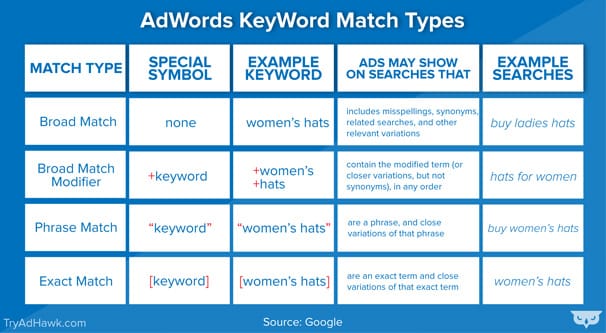
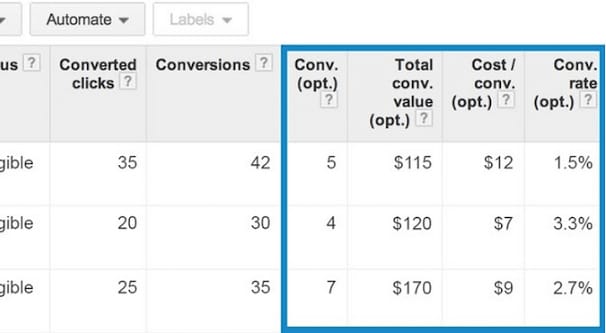




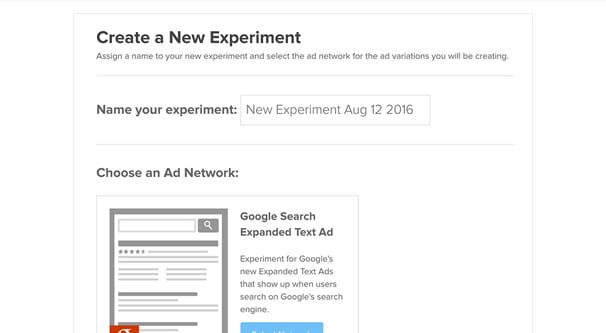


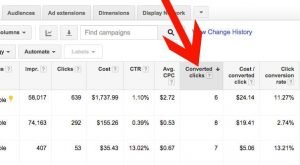

Thanks for sharing this information on AdWords. This is really helpful for us to analyze on our adwords performance.